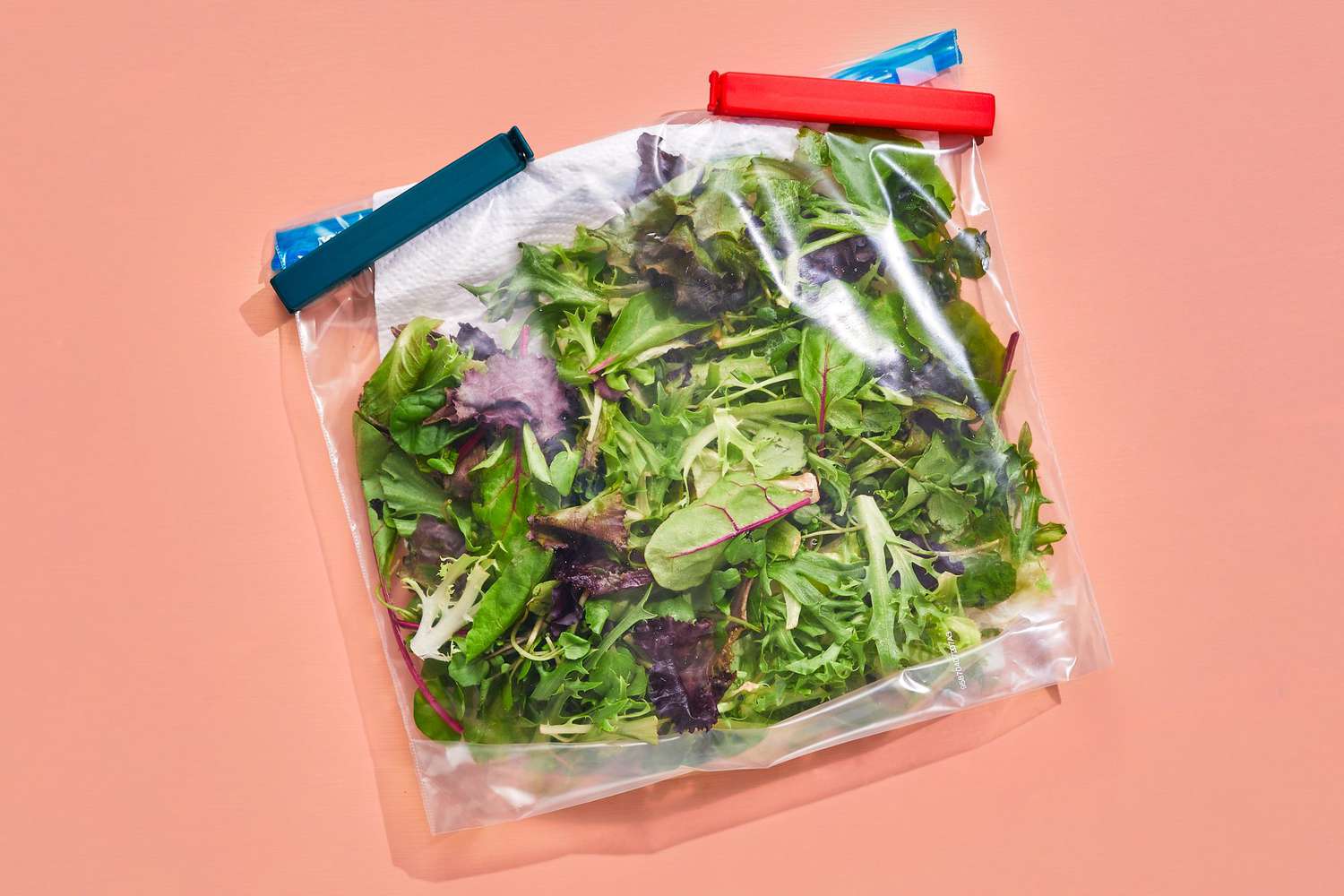

Articles
How To Store Salad Mix
Modified: December 7, 2023
Learn the best ways to store salad mix and keep it fresh for longer. Read our informative articles for tips and tricks on preserving your favorite greens.
(Many of the links in this article redirect to a specific reviewed product. Your purchase of these products through affiliate links helps to generate commission for Storables.com, at no extra cost. Learn more)
Introduction
When it comes to keeping salad mix fresh and crisp, proper storage is key. Whether you buy pre-washed salad greens or grow your own, knowing how to store salad mix correctly can make a big difference in its quality and shelf life.
Proper storage not only ensures that your salad mix stays fresh and crispy for longer, but it also helps to preserve its nutritional value. By following a few simple guidelines, you can extend the lifespan of your salad mix and enjoy delicious, healthy salads anytime.
In this article, we’ll explore why it’s important to store salad mix correctly, how to choose the right container for storage, and the steps to properly prepare and store your salad mix to maintain its freshness.
Key Takeaways:
- Extend the lifespan of your salad mix and enjoy fresh, nutritious salads by choosing the right container, properly preparing the greens, and storing them in the refrigerator with moisture-absorbing materials.
- Prevent wilting and maintain the crispness of your salad mix by avoiding excess moisture, rough handling, and storing it away from ethylene-producing fruits. Properly washing and drying the greens before storage is crucial for freshness and safety.
Read more: How To Store Salad
Why it’s important to store salad mix correctly
Storing salad mix correctly is essential to maintain its freshness, texture, and flavor. Here are a few reasons why it’s important to store salad mix properly:
- Prolongs freshness: Salad mix contains leafy greens and delicate vegetables that can wilt or spoil quickly if not stored correctly. By using the right storage techniques, you can prolong the freshness of your salad mix, ensuring that it stays crisp and vibrant for longer.
- Preserves nutrients: Salad greens are packed with essential vitamins, minerals, and antioxidants. However, exposure to air and improper storage can lead to nutrient loss. By storing salad mix correctly, you can help preserve its nutritional value, ensuring that you get the maximum health benefits from your salads.
- Reduces food waste: Improperly stored salad mix is more likely to spoil quickly, leading to food waste. By storing your salad mix correctly, you can minimize waste and make the most out of your fresh produce.
- Cost-effective: Proper storage can save you money in the long run. When salad mix is stored correctly, it stays fresh for a longer period, reducing the need for frequent grocery trips. You can buy in bulk, take advantage of discounts, and enjoy fresh salads whenever you want.
- Convenience: Storing salad mix properly allows you to have pre-washed and pre-cut greens ready for quick and convenient meal prep. Having fresh ingredients readily available encourages you to add more vegetables to your meals, leading to a healthier diet.
By understanding the importance of proper storage, you can ensure that your salad mix remains fresh, nutritious, and delicious. In the next sections, we’ll discuss how to choose the right container for storing salad mix and the steps to prepare and store it properly.
Choosing the right container for storing salad mix
The container you choose for storing salad mix plays a vital role in maintaining its freshness and preventing wilting. Here are some factors to consider when selecting the right container:
- Airtightness: Opt for containers that have airtight seals. This helps to create a controlled environment and prevents excess air from reaching the salad mix, which can cause it to wilt quickly.
- Size and shape: Choose a container that accommodates the amount of salad mix you typically consume. A container that is too large can lead to excess air exposure, while a container that is too small can result in overcrowding and compression of the greens.
- Material: Select containers made from food-safe materials that do not transfer any odors or flavors to the salad mix. Glass, BPA-free plastic, or stainless steel containers are all great options.
- Transparency: Opt for transparent containers that allow you to see the contents without opening them. This helps you monitor the freshness of the salad mix and prevents unnecessary exposure.
- Dividers or compartments: Consider containers with compartments or dividers to separate the greens from other toppings or dressings. This helps to maintain the integrity of the salad mix and prevents it from becoming soggy.
Remember to properly clean and dry your containers before using them to store salad mix. Any residual moisture or contaminants can degrade the quality of the greens and lead to spoilage.
Avoid using plastic bags or flimsy containers that do not provide adequate protection or airtightness. These containers are more prone to allowing air in and can result in faster wilting and spoilage of the salad mix.
By selecting the right container for storing your salad mix, you can create an optimal environment that keeps the greens fresh, crisp, and ready for your next salad creation.
Preparing salad mix for storage
Before storing your salad mix, it’s essential to prepare it properly to ensure the best possible results. Follow these steps to prepare your salad mix for storage:
- Inspect and remove any damaged leaves: Check the salad mix for any wilted or damaged leaves. Remove them carefully to prevent them from affecting the quality of the rest of the greens.
- Rinse under cold water: Thoroughly rinse the salad mix under cold water to remove any dirt, debris, or potential contaminants. Gently agitate the leaves to ensure thorough cleaning. If you’re using pre-washed salad mix, a quick rinse is still recommended to freshen the greens.
- Dry the salad mix: After rinsing, use a salad spinner or pat the leaves dry with a clean kitchen towel or paper towels. Excess moisture can accelerate wilting and create a breeding ground for bacteria, so it’s essential to dry the salad mix thoroughly.
- Consider using a salad spinner: If you often consume salad greens, investing in a salad spinner can be beneficial. The spinner helps to remove excess water efficiently, saving time and ensuring properly dried greens for storage.
- Optional: Tear or cut into bite-sized pieces: Depending on your preference, you can tear or cut the salad mix into bite-sized pieces before storing. This step is particularly helpful if you like to pre-portion your salads or prefer smaller pieces of greens.
By properly cleaning and drying your salad mix, you remove any contaminants and excess moisture that can cause the greens to deteriorate more quickly. The next step is to store your prepared salad mix in the appropriate container.
Storing salad mix in the refrigerator
The refrigerator is the ideal place to store your prepared salad mix, as it helps to maintain a cool and consistent temperature, keeping the greens fresh and crisp. Here are the steps to store your salad mix in the refrigerator:
- Choose an airtight container: Select a clean, airtight container that is suitable for the amount of salad mix you have prepared. Make sure the container has a secure lid or seal to prevent air from entering.
- Line the container with paper towels: Place a layer of paper towels at the bottom of the container. The paper towels will help absorb any excess moisture and keep the salad mix dry.
- Add the salad mix: Transfer the prepared salad mix to the container and spread it evenly. Avoid overcrowding the container, as this can lead to crushing or compressing the greens.
- Place an additional layer of paper towels: After adding the salad mix, cover it with another layer of paper towels. These paper towels will help absorb any excess moisture that may accumulate during storage.
- Seal the container: Close the lid or seal the container tightly to create an airtight environment. This will help prevent air exposure and maintain the freshness of the salad mix.
- Store in the refrigerator: Place the container with the salad mix in the refrigerator, preferably in the crisper drawer or in a dedicated section for produce. Make sure the refrigerator is set at a temperature between 34°F and 40°F (1°C to 4°C) to keep the salad mix from freezing or becoming too warm.
When storing salad mix in the refrigerator, it’s important to avoid placing it near ethylene-producing fruits such as apples and bananas. Ethylene gas released by these fruits can speed up the wilting process of the salad greens.
By following these steps and storing your salad mix properly in the refrigerator, you can extend its freshness and enjoy delicious, crisp salads whenever you’re ready to indulge.
Read more: How To Store Egg Salad
Tips for prolonging the freshness of stored salad mix
To ensure that your stored salad mix stays fresh and crisp for as long as possible, here are some helpful tips:
- Store in the refrigerator promptly: After preparing the salad mix, refrigerate it as soon as possible. The cool temperature of the refrigerator helps to slow down the wilting process and preserves the freshness of the greens.
- Keep it dry: Moisture can accelerate the wilting of salad mix. Make sure the salad mix is thoroughly dried before storing it in an airtight container. Consider using paper towels to absorb any excess moisture.
- Avoid overpacking: Do not pack the salad mix too tightly into the container. Overcrowding can crush or compress the greens, leading to faster wilting. Leave some room for air circulation.
- Check and replace moisture-absorbing materials: If the paper towels used to absorb moisture in the container become saturated, replace them with fresh ones. This helps to maintain the dryness of the salad mix and prolong its freshness.
- Refill the container: As you consume the salad mix, consider refilling the container with fresh greens. This ensures that you always have a supply of fresh salad mix available and prevents the need for frequent storage.
- Store toppings separately: If you plan on adding toppings such as nuts, seeds, or crispy elements to your salad, store them separately. Adding them to the salad mix before storage can lead to soggy or stale toppings.
- Properly seal the container: Before placing the container of salad mix back in the refrigerator, double-check that it is tightly sealed. This helps to create an airtight environment and prevent the entry of air, which can cause the salad mix to wilt.
- Consume within a few days: While proper storage can extend the freshness of salad mix, it is best to consume it within a few days for optimal quality and flavor. As time passes, even with proper storage, the greens may start to lose their crispness.
By following these tips, you can maximize the shelf life of your stored salad mix and enjoy fresh, delicious salads whenever you desire. The next sections will explore using resealable bags and airtight containers as alternative storage options for salad mix.
To store salad mix, place it in a resealable plastic bag with a paper towel to absorb excess moisture. Squeeze out any air before sealing and store in the crisper drawer of the refrigerator.
Using resealable bags for storing salad mix
Resealable bags can be a convenient and space-efficient option for storing salad mix. Here’s how you can use resealable bags effectively:
- Choose high-quality bags: Opt for sturdy, food-grade resealable bags that are specifically designed for storing fresh produce. Look for bags that are thick enough to prevent punctures and leaks.
- Prepare the salad mix: Follow the steps mentioned earlier to prepare the salad mix, including rinsing, drying, and removing any damaged leaves.
- Divide the salad mix: If you plan to consume smaller portions of salad at a time, divide the salad mix into individual serving sizes. This makes it easier to grab a pre-portioned amount without exposing the entire batch to air.
- Pack the salad mix: Place the prepared salad mix in a resealable bag, taking care not to overpack it. Squeeze out any excess air from the bag before sealing it tightly. The goal is to create a vacuum-sealed effect to minimize air exposure.
- Label and date the bag: Use a marker or label to write the contents of the bag and the date of preparation. This helps you keep track of the freshness of the salad mix and ensures that you consume it within a reasonable time frame.
- Store in the refrigerator: Place the sealed bag of salad mix in the refrigerator, ideally in the crisper drawer or a dedicated section for produce. Make sure to handle the bag with care to prevent any punctures or tears.
- Reseal after each use: When you take out a portion of the salad mix from the resealable bag, remember to press out any excess air and reseal the bag tightly. This helps to maintain the freshness of the remaining salad mix.
- Use within a few days: While resealable bags can help extend the shelf life of salad mix, it is still best to consume it within a few days for optimal freshness and taste.
Using resealable bags for storing salad mix provides convenience and allows for easy portioning. However, keep in mind that the greens may not retain their crispness as effectively compared to using airtight containers.
Now that you’re aware of how to use resealable bags for salad mix storage, let’s explore the option of using airtight containers in the next section.
Storing salad mix in airtight containers
Airtight containers are a reliable option for storing salad mix, as they create a sealed and controlled environment that helps maintain the freshness of the greens. Follow these steps to store salad mix in airtight containers:
- Select suitable containers: Choose high-quality airtight containers that are made of glass, BPA-free plastic, or stainless steel. Ensure that the containers have a secure lid or seal to prevent air from entering.
- Prepare the salad mix: Follow the necessary steps to prepare the salad mix, including rinsing, drying, and removing any damaged leaves.
- Line the container: Place a layer of paper towels or a clean cloth at the bottom of the container. This helps to absorb excess moisture and keep the salad mix dry.
- Add the salad mix: Transfer the prepared salad mix to the container, spreading it out evenly. Avoid overcrowding the container to maintain good air circulation.
- Seal the container: Securely close the lid or seal of the container to create an airtight seal. This helps to prevent air from entering and maintains the freshness of the salad mix.
- Store in the refrigerator: Place the airtight container with the salad mix in the refrigerator, preferably in the crisper drawer or in a designated section for produce. Make sure the refrigerator is set to a temperature between 34°F and 40°F (1°C to 4°C) to keep the salad mix fresh.
- Handle with care: When taking out a portion of the salad mix from the container, avoid unnecessary exposure to air. Close the container tightly after each use to maintain the freshness of the remaining greens.
- Consume within a few days: While airtight containers help extend the freshness of salad mix, it is still recommended to consume the greens within a few days for optimal taste and texture.
Storing salad mix in airtight containers offers the advantage of maintaining the crispness of the greens better than resealable bags. The airtight seal helps to minimize air exposure, ensuring that your salad mix stays fresh for longer.
Now that you know how to properly store salad mix in airtight containers, let’s explore how to prevent salad mix from wilting in the next section.
How to prevent salad mix from wilting
Preventing wilting is essential to maintain the freshness and crunch of salad mix. Here are some tips to help prevent salad mix from wilting:
- Properly store the salad mix: Use the correct storage techniques, such as storing the salad mix in airtight containers or resealable bags, as discussed earlier in this article. This helps to minimize air exposure and keep the greens crisp.
- Avoid excess moisture: Excess moisture can lead to wilting, so it’s crucial to dry the salad mix thoroughly after washing it. Ensure that the leaves are completely dry before storing them to prevent moisture buildup.
- Avoid pre-dressing: Avoid adding dressing to the salad mix before storage, as this can cause the greens to become soggy quickly. It’s best to add the dressing just before serving.
- Add moisture-absorbing materials: Consider adding a layer of paper towels or a clean cloth to the storage container. These materials help to absorb excess moisture and keep the salad mix dry, preventing wilting.
- Do not freeze the salad mix: Freezing salad mix can cause the leaves to lose their crispness and texture. It’s recommended to store salad mix in the refrigerator rather than freezing it.
- Avoid ethylene-producing fruits: Keep salad mix away from fruits that release ethylene gas, such as apples and bananas. Ethylene gas can accelerate the wilting process of salad greens.
- Handle with care: When taking out salad mix from storage, use clean hands or utensils. Rough handling can bruise or damage the leaves, leading to accelerated wilting.
- Don’t store for too long: While proper storage helps to prolong the freshness of salad mix, it is best to consume it within a few days for the best taste and texture. As time passes, even with proper storage, the greens may start to lose their crispness.
By following these tips, you can keep your salad mix fresh, crisp, and vibrant, ensuring that every bite is enjoyable and full of flavor.
Now that you’re equipped with knowledge on how to prevent wilting, we’ll discuss the importance of properly washing salad mix before storage in the next section.
Read more: How To Store Fruit Salad
Properly washing salad mix before storage
Washing salad mix before storage is crucial for removing dirt, debris, and potential contaminants, ensuring that your greens are clean and safe to consume. Here’s how to properly wash salad mix before storing:
- Rinse under cold water: Place the salad mix in a colander and rinse it thoroughly under cold running water. Gently swish the leaves to remove any dirt or debris that may be clinging to them.
- Inspect for any damaged leaves: While rinsing the salad mix, check for any wilted or damaged leaves. Remove them carefully to prevent them from affecting the freshness and quality of the remaining greens.
- Use a salad spinner: If you have a salad spinner, transfer the washed salad mix to the spinner basket. Spin it gently to remove excess water from the leaves. This helps to ensure that the greens are properly dried before storage.
- Pat dry with a clean kitchen towel: If you don’t have a salad spinner, you can pat the salad mix dry with a clean kitchen towel. Place the washed leaves on the towel and gently blot them to absorb any lingering moisture.
- Consider air-drying: Alternatively, you can let the washed salad mix air-dry by spreading it out on a clean kitchen towel or a paper towel. Make sure the leaves are in a single layer and allow them to dry completely before storage.
- Avoid using heat: Avoid using warm or hot water to wash the salad mix, as it can cause the greens to wilt more quickly. Stick to cold water to maintain the integrity and crispness of the leaves.
- Optional: Tear or cut into smaller pieces: Depending on your preference, you can tear or cut the salad mix into smaller, bite-sized pieces before storing. This can make it easier to portion out the desired amount for your salads.
Properly washing and drying the salad mix before storage helps to remove any dirt, debris, or potential contaminants that could impact the freshness and safety of the greens. Once the salad mix is clean and dry, you can follow the recommended storage methods mentioned earlier in this article.
By taking the time to properly clean and dry your salad mix, you can ensure that your stored greens are of the highest quality, ready to be enjoyed in a refreshing salad or other culinary creations.
Now that you know how to wash salad mix before storage, let’s wrap up our article.
Conclusion
Properly storing salad mix is essential for maintaining its freshness, crispness, and nutritional value. By following the guidelines outlined in this article, you can prolong the shelf life of your salad mix and enjoy delicious, healthy salads whenever you desire.
Choosing the right container, such as airtight containers or resealable bags, ensures that the salad mix is protected from air exposure and stays fresh for longer. Preparing the salad mix by properly washing, drying, and removing any damaged leaves helps maintain its quality and prevents wilting.
Storing the salad mix in the refrigerator, away from ethylene-producing fruits, and avoiding excessive moisture are additional steps to prevent wilting and maintain the crispness of the greens. Using moisture-absorbing materials and properly sealing the containers further contribute to extending the freshness of the salad mix.
By following these storage tips and consuming the salad mix within a few days, you can reduce food waste, save money, and enjoy vibrant and delicious salads effortlessly. Remember to handle the salad mix with care and avoid rough handling to prevent damage to the leaves.
Lastly, properly washing the salad mix before storage is crucial for removing any dirt or potential contaminants, ensuring that the greens are clean and safe to consume. Whether you choose to use a salad spinner or air-dry the leaves, the goal is to thoroughly dry them before storing to prevent wilting.
With these techniques in mind, you can confidently store your salad mix and savor the goodness of fresh, nutritious greens in your salads, sandwiches, and other culinary creations.
So go ahead, practice these storage methods, and elevate your salad game to a whole new level of freshness and deliciousness!
Frequently Asked Questions about How To Store Salad Mix
Was this page helpful?
At Storables.com, we guarantee accurate and reliable information. Our content, validated by Expert Board Contributors, is crafted following stringent Editorial Policies. We're committed to providing you with well-researched, expert-backed insights for all your informational needs.
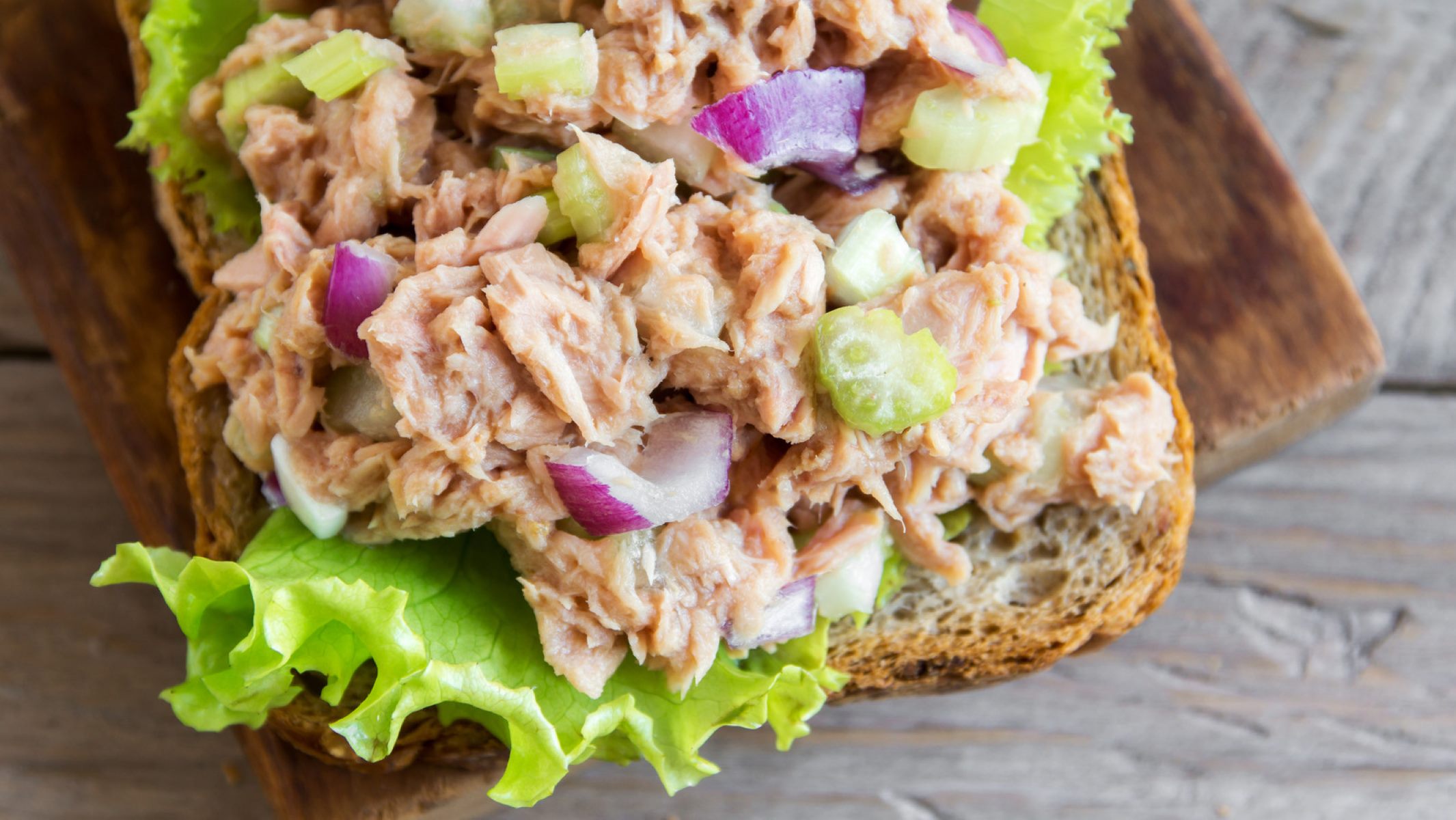

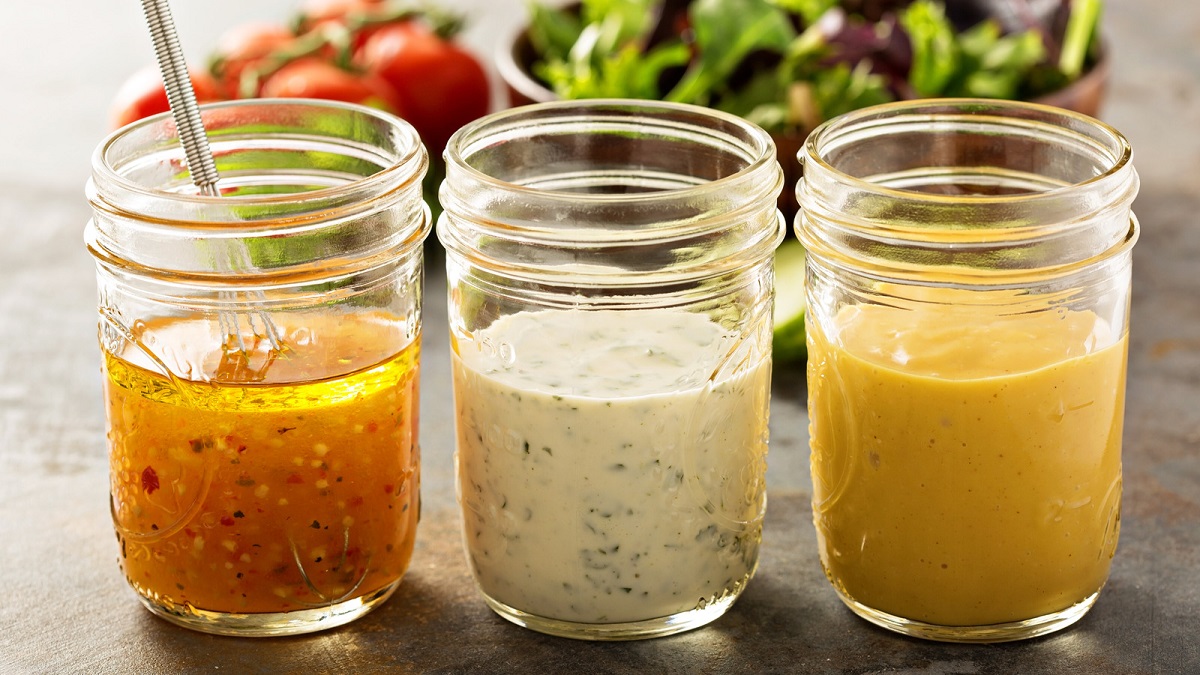
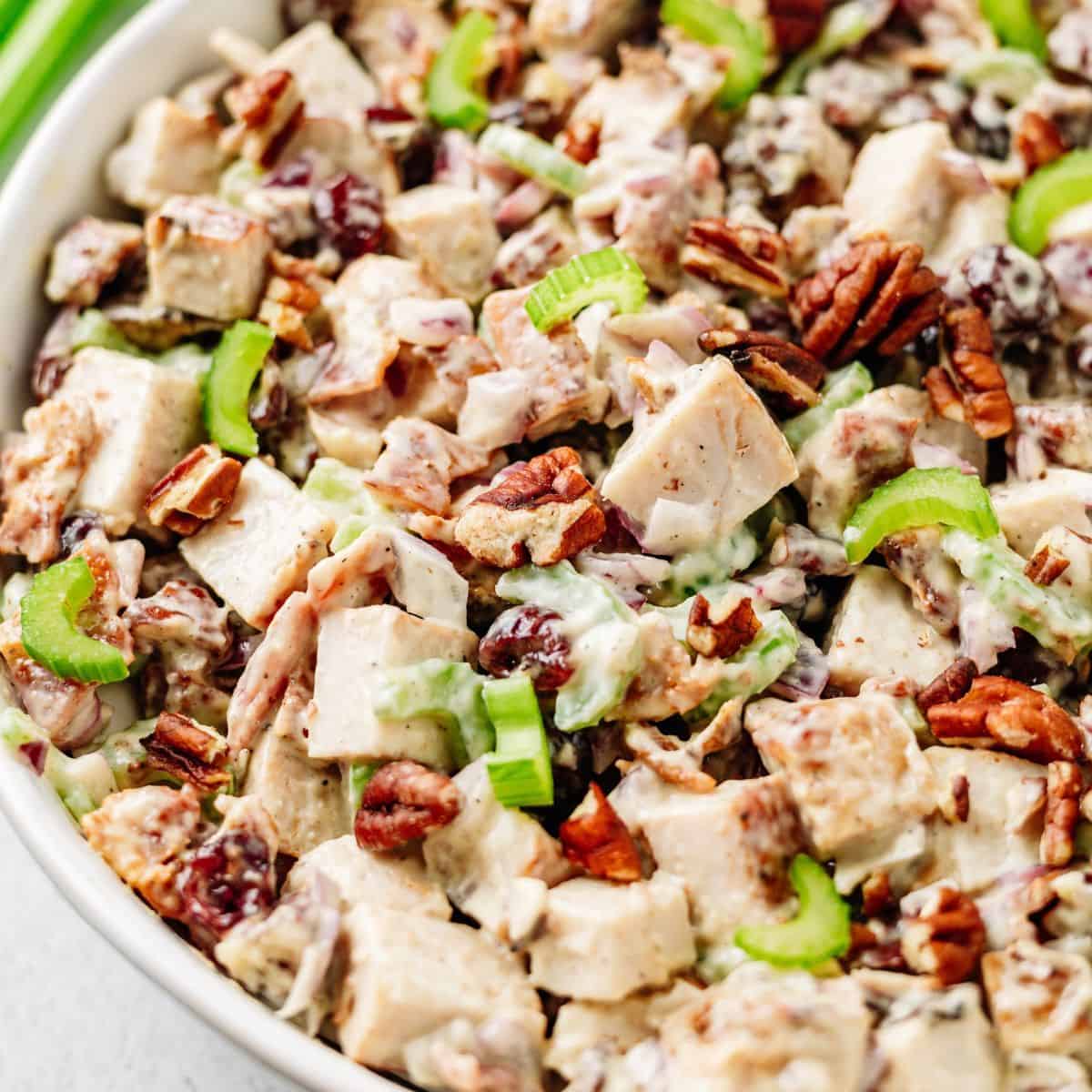
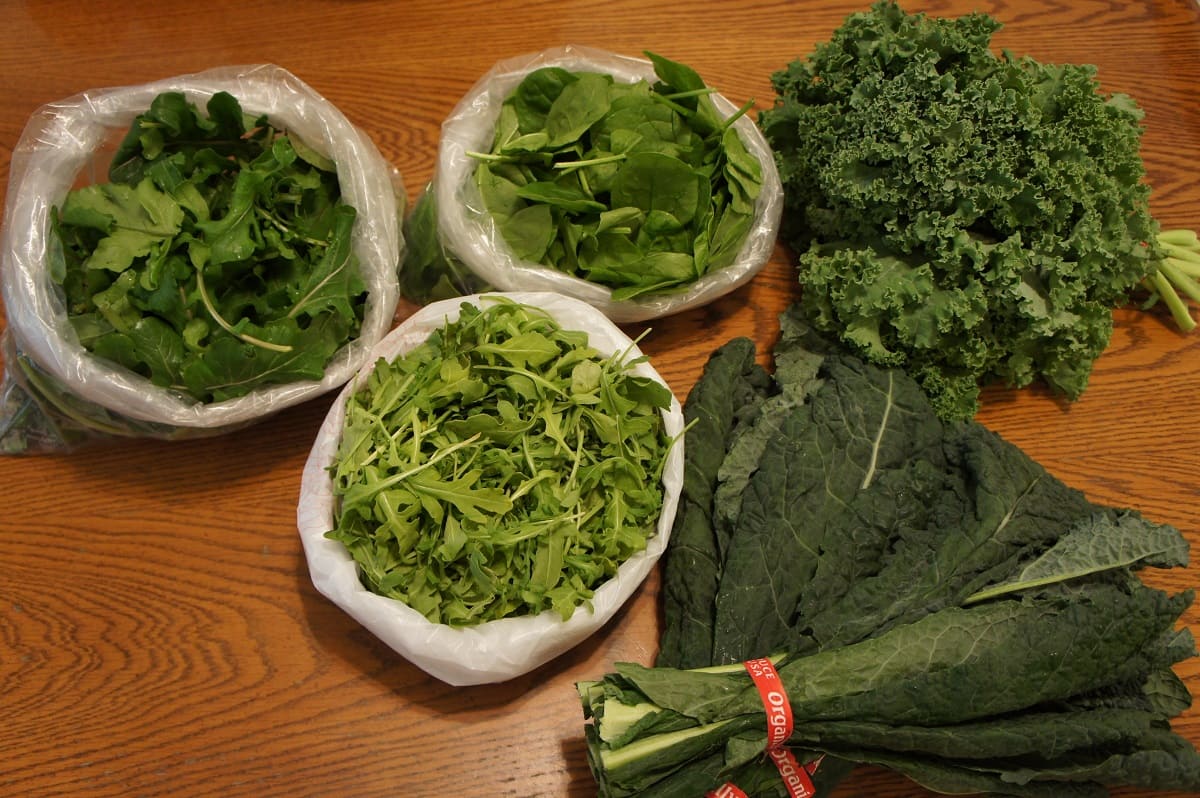
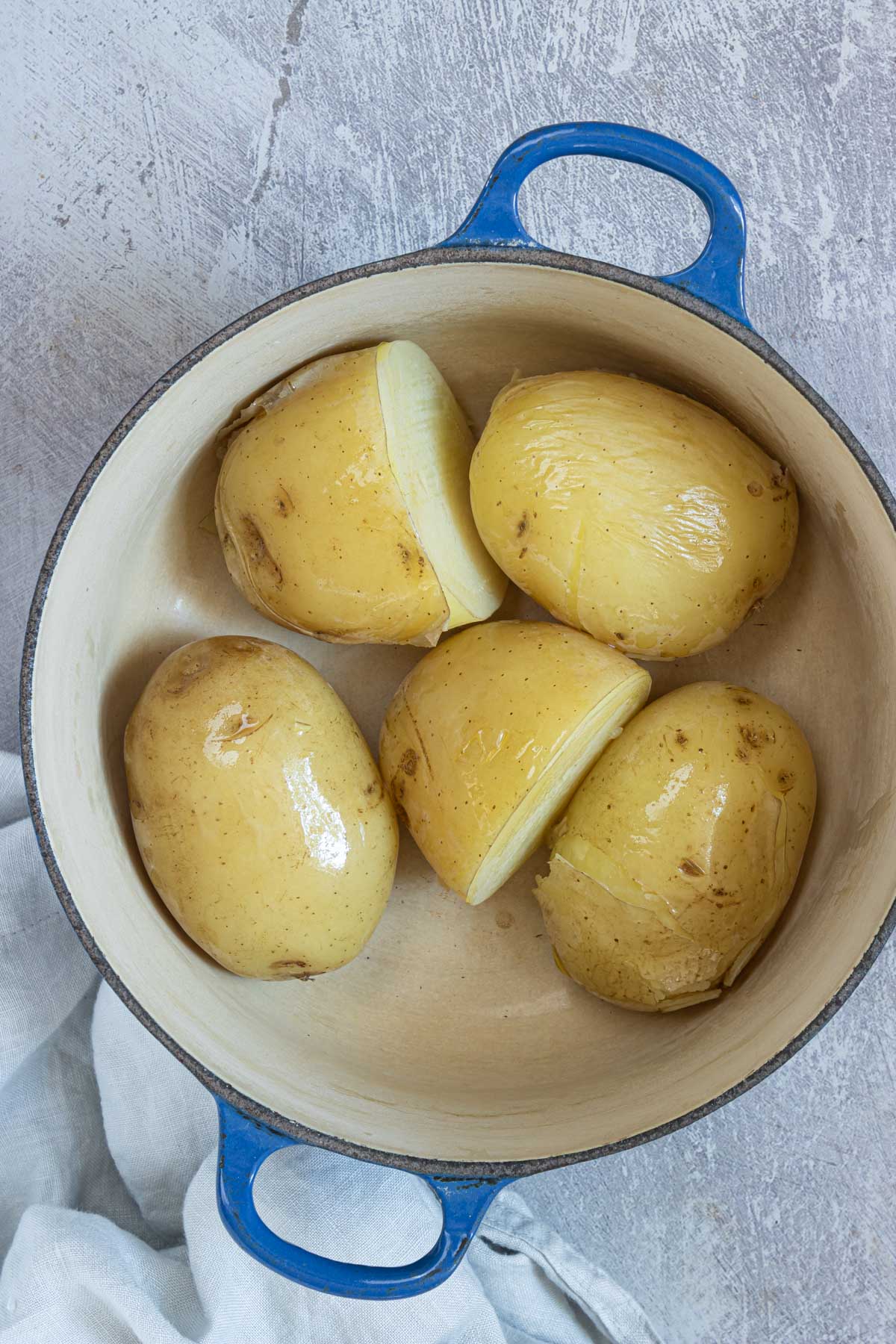
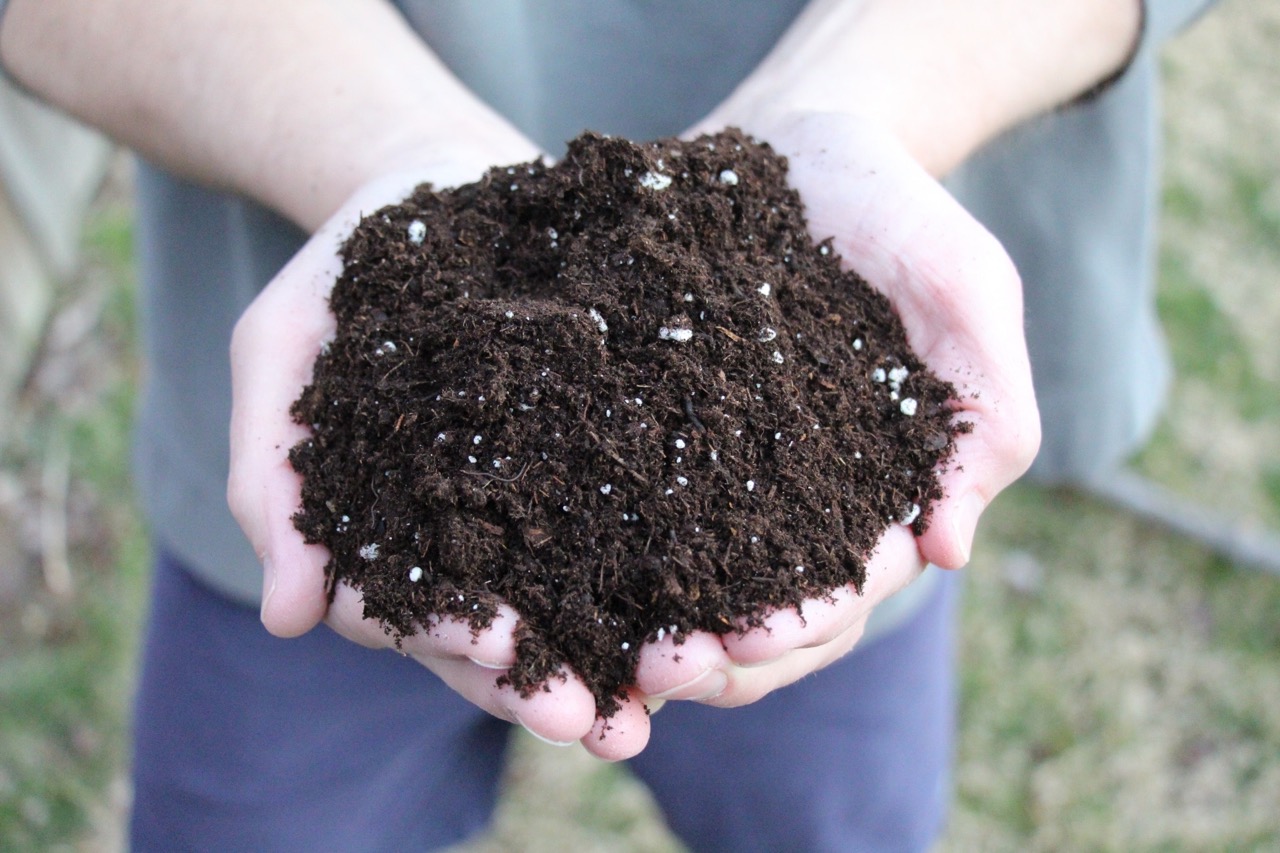

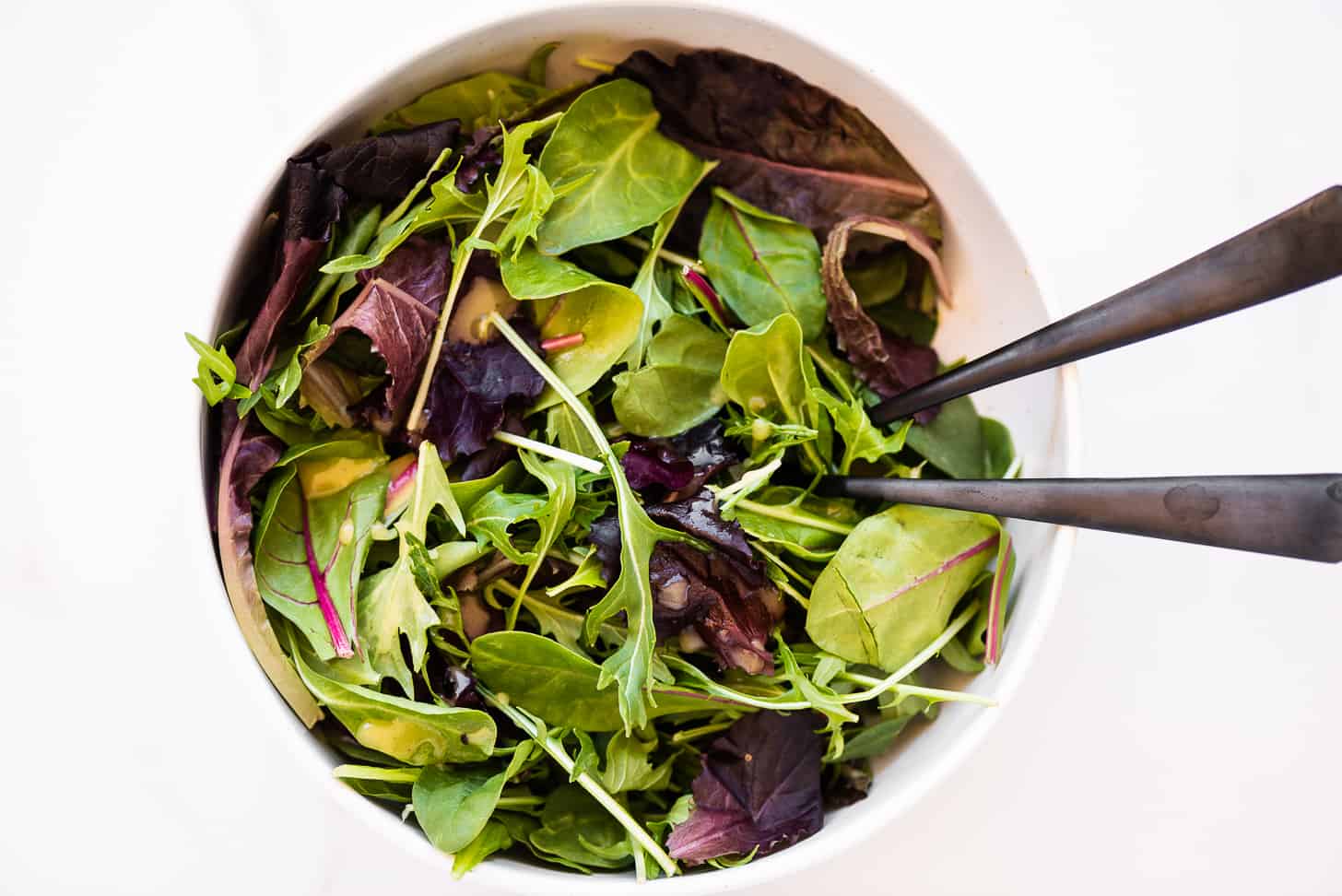


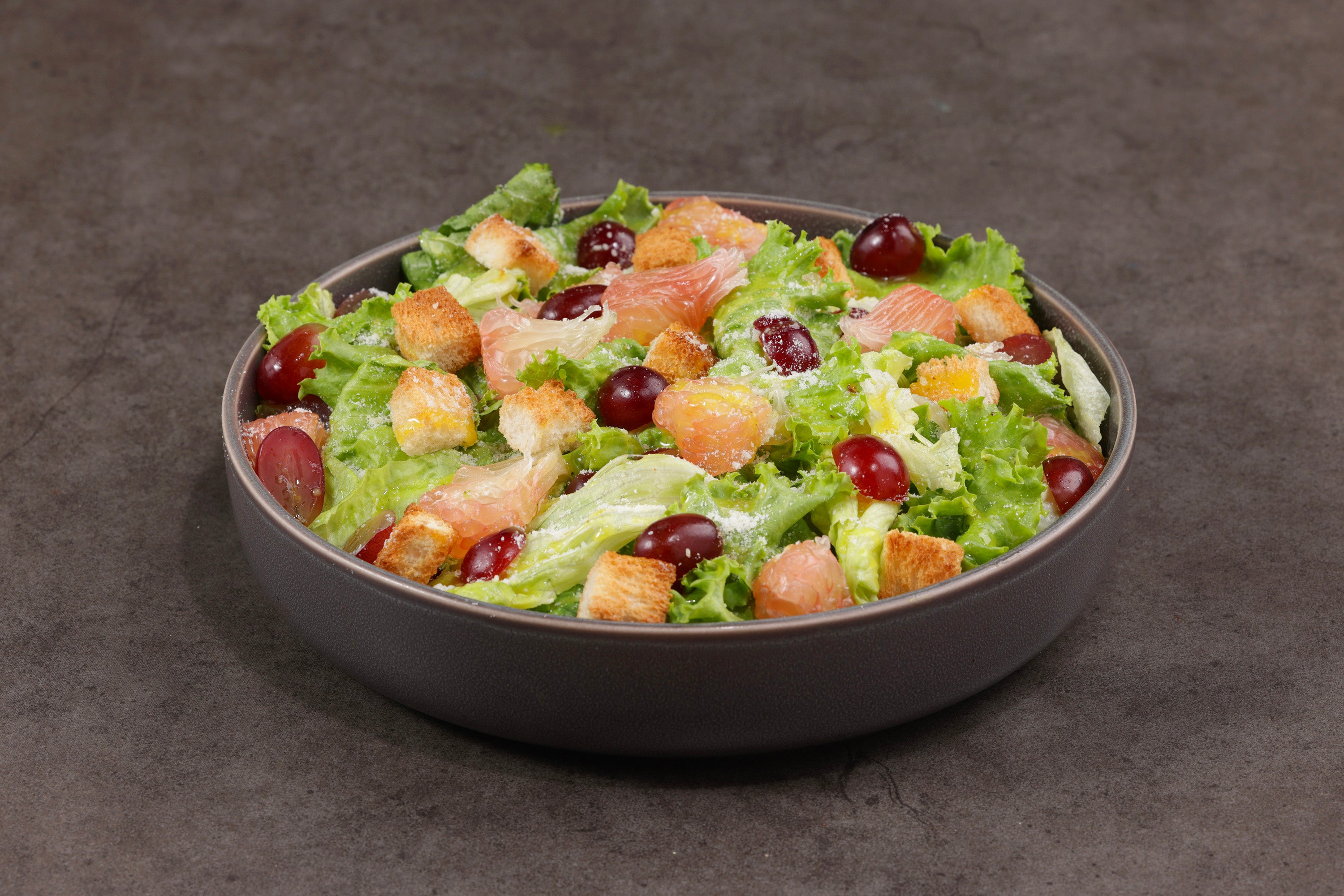
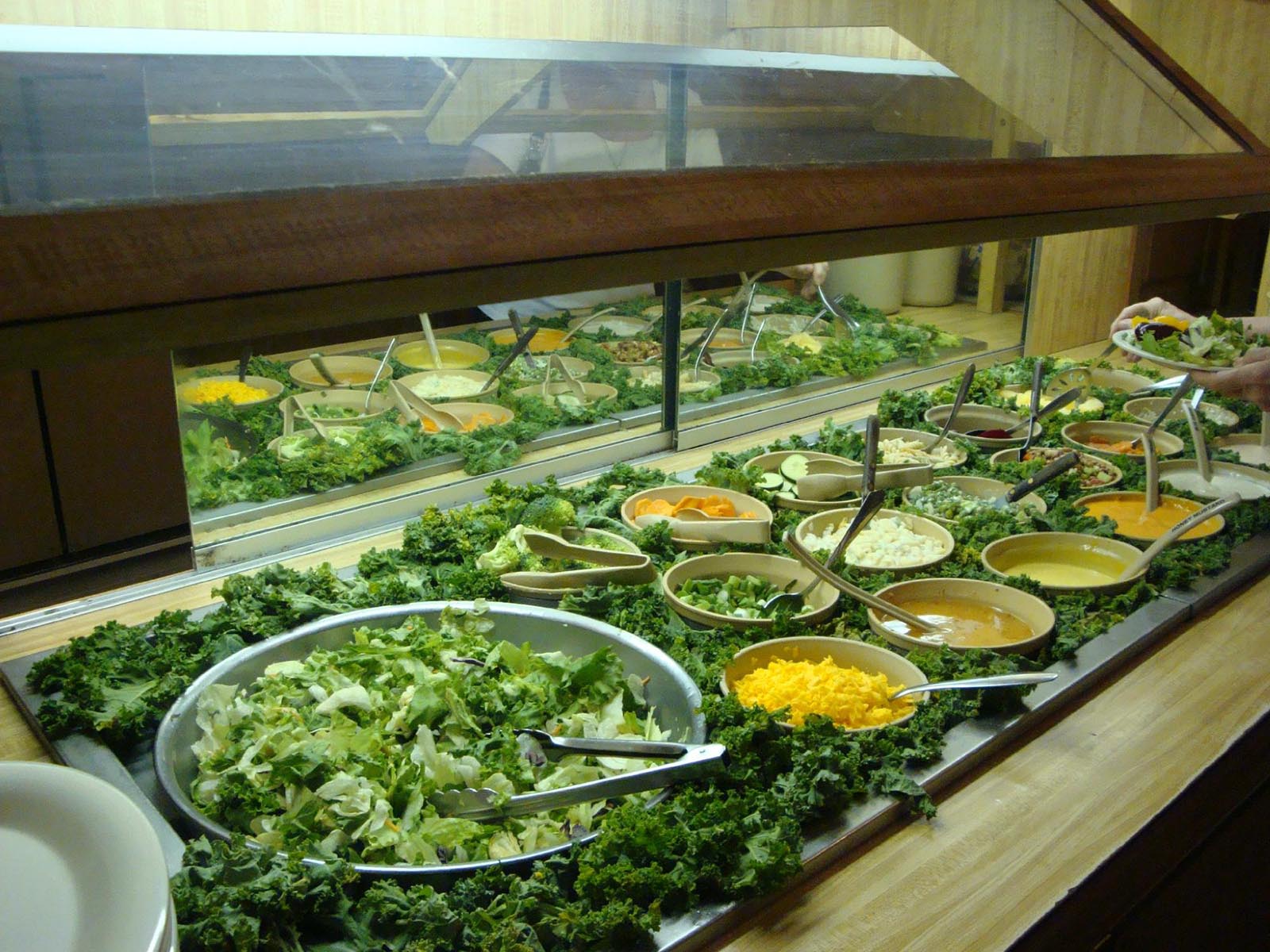

0 thoughts on “How To Store Salad Mix”